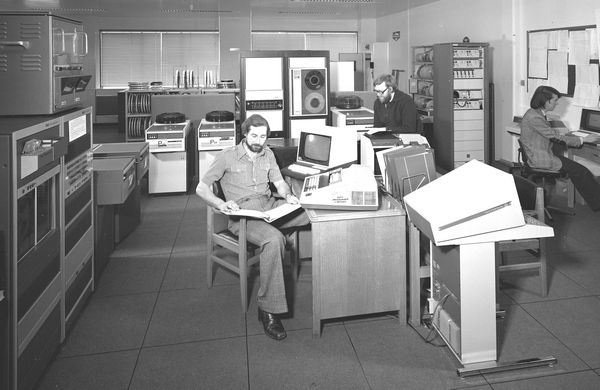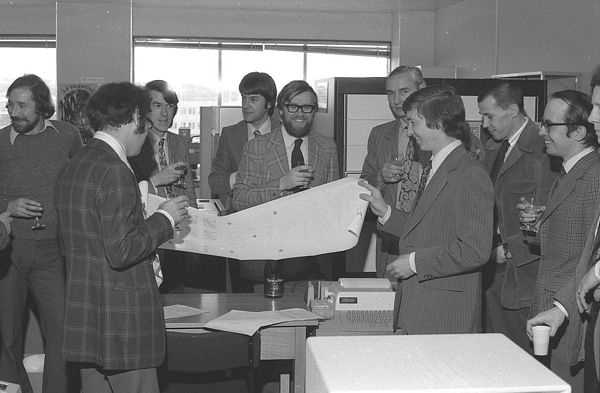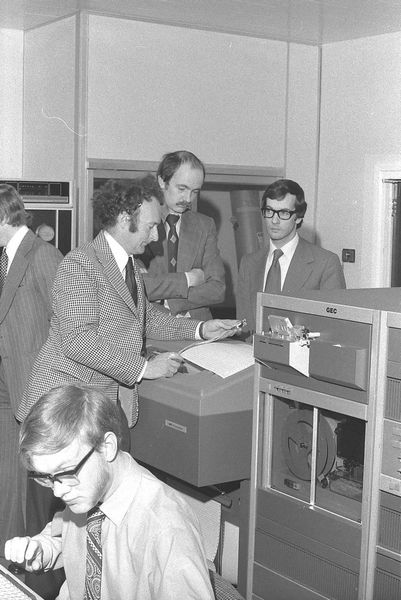


The Rosenbrock Report had recommended the purchase of two multi-user minis for evaluation:
Two multi-user minis should be purchased for development purposes. The Rutherford Laboratory should be responsible for this development in conjunction with university groups. The aim of this work should be to assess accurately the future capability of such systems rather than to provide facilities in the short term.
Based on the benchmarking of various multi-user minis, two systems were purchased for evaluation:
The Prime 400 was delivered on 2 December 1976 and the GEC 4070 on 14 April 1977. Both had to pass a set of acceptance tests including the interactive benchmark. The Prime passed its acceptance test on 4 March 1977:

The GEC passed its acceptance test on 14 April 1977:

Paul Bryant and Dave Toll became the main support team for the GEC 4070. The period between October 1978 and October 1980 was Phase 2 of ICF with the deployment of Prime and GEC systems throughout the UK University's Engineering Departments.